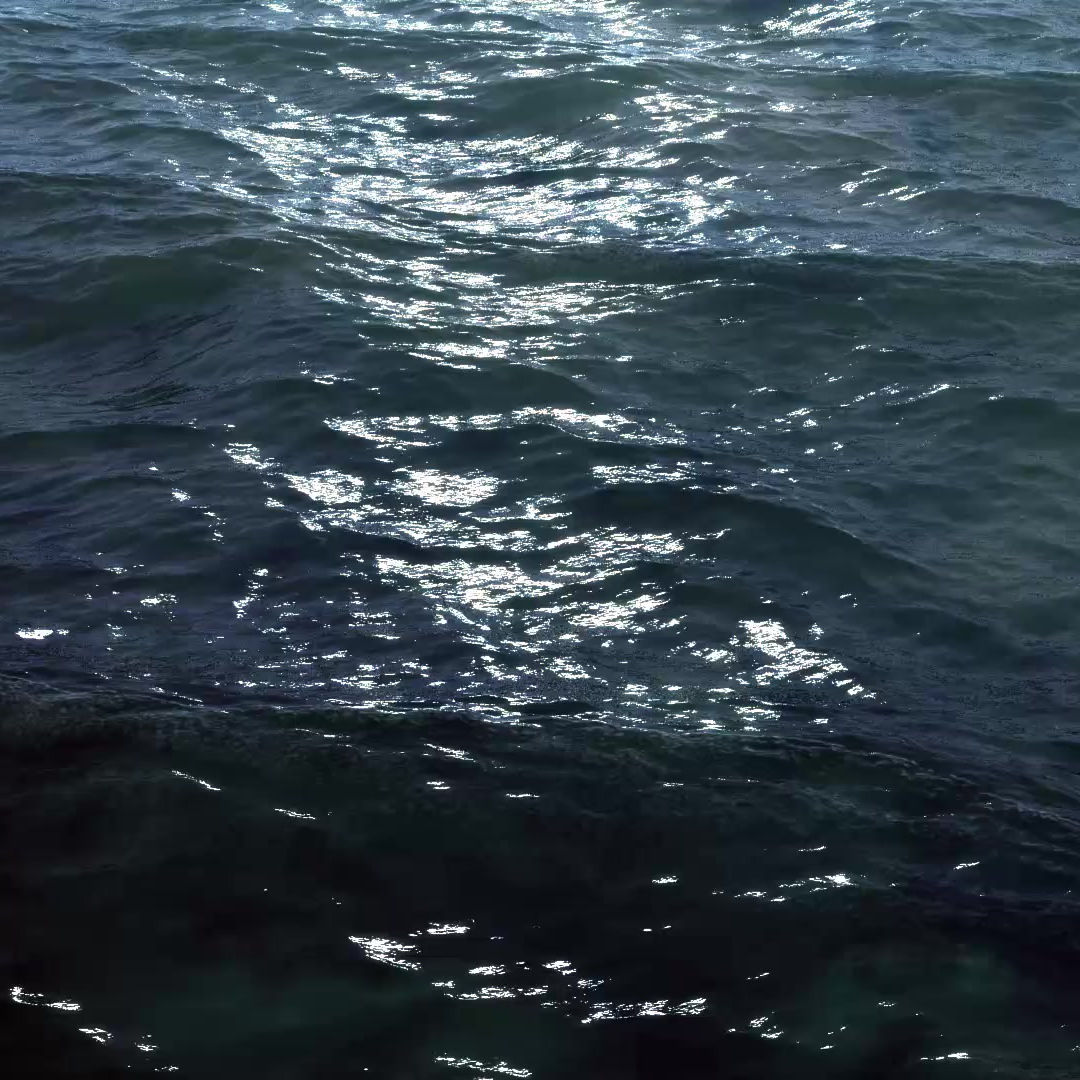SS Brussels and her Captain Charles Fryatt
- The Loftsman
- Oct 23, 2020
- 2 min read
Updated: Oct 24, 2020
100 year anniversary
Apart from building some barges and pontoons, Henry Robb shipbuilders first jobs before they managed to secure any new build orders, was for the repair and conversions of ships that were damaged during World War I, among the many and varied jobs carried out to start with was a remarkable ship with a truly amazing story attached to her and that vessel was called the SS Brussels.
The ship had been built in 1902 by Gourlay Bros., Dundee (Yard No.202) for the Great Eastern Railway Co., Harwich. She was 1,380grt and measured 285 x 34 x 15½ ft. Powered by two 3 cylinder triple expansion engines driving two propellors she was capable of 16½knots. She entered service in May 1902 on the Harwich Antwerp route. At the start of the First World War her Captain Charles Fryatt attempted to ram the German Submarine U33 off the Maas Lightship.
This action together with others involving escape from Uboat attacks led to both him and his ship becoming celebrities in Holland & Britain. This angered the Germans who mounted an operation to capture him. On the 23 rd June 1916 Brussels was captured by the German torpedo boat destroyers G101 & G102 and taken into Zeebrugge. On July 27th 1916 Captain Fryatt was tried by a German Court for his "war-like" acts and executed by firing squad 2 hours later. International outrage followed.
The Germans renamed her Brugge and she was used as a depot ship. On the 23rd April 1918 she was scuttled by the Germans during the British assault to seal off Zeebrugge Harbour.
Captain Fryatt's body was returned home and was interred at Dovercourt.

In 1919 the ship was raised by the Admiralty and as a prize of war by technicality she was gifted back to the U.K. by the Belgian Government, and later towed back to the Tyne.
She was bought at auction in 1920 for £2,700 by J Gale & Co, a tender was put out for her repair on a fixed price basis.
Such was the damage done to the ship that no one else could see taking on the work at a fixed price could be done and still make some profit.
The ship arrived in Leith an almost complete wreck after being completely under water for a while when she was scuttled by the German Forces that had captured the ship in 1916 during the war (To end all wars, as they said at the time)
Henry Robb seen his opportunity. After a complete refit at the Henry Robb shipyard at Leith, Scotland. She was renamed Lady Brussels and was in the service of the Dublin & Lancashire Steam Ship Co. This ship and the fine work undertaken on her repair helped to cement the name of Henry Robb as a shipbuilder of note and soon after the first ship was being built and the yard never looked back until closure by the British Government in 1984.
The ship was being used now as a livestock carrier, a bit of a come-down from her passenger service days and livestock carriers did not have a long life due to the acidic nature of the waste from so many beasts over a period of time. In May 1929 she was broken up at Port Glasgow by Smith & Co.



Comentarios